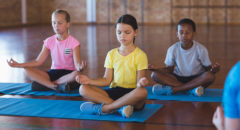What Is It?
Mindfulness is both a practice and a way of relating to life.
Researchers define it as the awareness that arises when we intentionally pay attention in a kind, open, and discerning way. When we are mindful, we focus on the present moment non-judgmentally.
A student practicing mindfulness in the middle of a school day might, pause, take a conscious breath, check in with himself, and observe how he is feeling before he takes a test. “My heart is racing, and I feel anxious—and maybe I also feel ready to go? It’s okay to feel nervous right now; I can meet this challenge … but what if I don’t do well? I bet some of my friends are much more prepared. [Pause]. There goes my busy mind again. These questions pop up at times like these. I’m just going to re-focus on my breath, and the paper in front of me right now. One step at a time. I can do this.”
Mindfulness, as a practice, features two different types of attention: focused attention and open awareness.
When we focus our attention, we concentrate on a specific target.
When leading students in a specific mindfulness practice, choose a place for them to “anchor” their attention like the sound of a chime, or the feel of the air entering their nostrils as they breathe. They can also quietly focus their attention on the shape, texture, and color of an object like a small stone.
During open awareness (also called “open monitoring”), we simply notice things—like thoughts, feelings, or sounds—as they come and go.
To help students become more observant and aware of their surroundings, invite them to note all of the sounds they can hear inside and outside the classroom (after silently listening for one minute). Or ask them to practice noticing and naming their own feelings during a quick check-in at the start of class.
The practice of mindfulness also helps us to become more mindful in our daily lives by cultivating these three key life skills.
Equanimity is the ability to allow sensory experiences to come and go without suppressing or avoiding them. Equanimity also helps us not to over-identify with an event, thought, or feeling (or make it too personal).
A student who is criticized by another student in the middle of class might learn say to herself, ”I’m really hurt and embarrassed right now; I’m feeling this intensely. I’m not going to fight it, but I’m not going to be swept up in it either. I’m going to take go to the ‘peace corner’ (or another quiet space) and give myself a minute to let this pass.”
Concentration is the ability to focus on what we consider to be relevant at a given time.
If students regularly practices mindfulness, they may start to find themselves more capable of focusing on a math problem in a given moment —rather than being distracted by other classroom conversations, the sounds of kids playing outside, and/or the multitude of other things competing for their attention. (One thing at a time!)
Sensory clarity is the ability to keep track of what we’re actually experiencing in the moment.
Students can learn to become more aware of the bodily sensations they feel when they experience challenging emotions like anger or fear—like the pace of their heartbeat as it intensifies and then dissipates and eventually returns to normal. When they experience these sensations as signals of distress that begin and end, they may be more likely to “ride the waves” of their emotions, rather than being swept up in them.
Why Is It Important?
School-based mindfulness research is steadily growing, yet researchers acknowledge some of its limitations. For example, there is a lack of consistency in the research methods and instructional practices used across mindfulness studies and a need for more randomized controlled trials. Although many mindfulness studies with K-12 students are preliminary, they also hold promise. Study results suggest the following:
Mindfulness helps students learn.
- Researchers have identified benefits to students’ school functioning in high school, academic achievement in middle school, and quarterly grades in elementary school. And a mindfulness study of kindergarteners points to academic problems along with an increase in psychosocial adjustment.
Mindfulness makes students feel better about themselves.
- Students who practice mindfulness report a greater sense of optimism and well-being, and a reduction in rumination, depression, anxiety, stress, and anger.
Mindfulness may bolster social-emotional learning at school.
- A review of 40 school-based studies linked mindfulness-based interventions to CASEL’s five SEL competencies: including self-management (referenced in all studies), self-awareness, social awareness, relationships skills, and responsible decision-making.
Mindfulness helps students learn self-management skills.
- A review of over a dozen K-12 studies tells us that mindfulness can enhance students’ attention and executive functions. For example, some studies suggest that mindfulness can enhance focus in children with ADHD while others indicate a noticeable attention problems, in general, as reported by teachers.
- Other studies point to the benefits of mindfulness on particular aspects of students’ executive functioning, including effortful control, working memory, and emotion regulation.
Mindfulness fosters greater self-awareness.
- Students who participate in regular mindfulness practices report an increase in emotional awareness, a stronger self-concept, and a growing capacity for self-compassion.
Mindfulness enhances students’ social awareness and relationships skills.
- Studies of elementary students link mindfulness to empathy and perspective-taking, kindness, and other prosocial behaviors.
Students practicing mindfulness learn to become more responsible decision-makers.
- Researchers associate mindfulness with students’ enhanced cognitive decision-making, an increased sense of social responsibility, and better student behavior outcomes (as reported by teachers). Finally, a large study of teens in seven countries reveals mindful students’ behaviors are better aligned with their values when compared to students who do not practice mindfulness.
Special Note: If you, your colleagues, and/or administrators would like to read more about mindfulness research with children and teens, here are some of the most recent research reviews.
Young children (Erwin & Robinson, 2016)
Early adolescents (McKeering & Hwang, 2019)
Adolescents (Carsley et al., 2018)
Children & adolescents, combined (Dunning et al., 2018; Feuerborn & Gueldner, 2019; Mak et al., 2018; Zenner et al. 2014)
Practices

Awe-Inspiring Affirmations
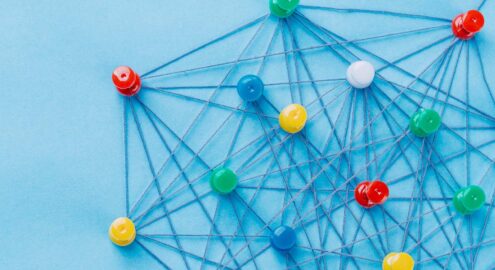
Contemplating Awe-Inspiring Systems
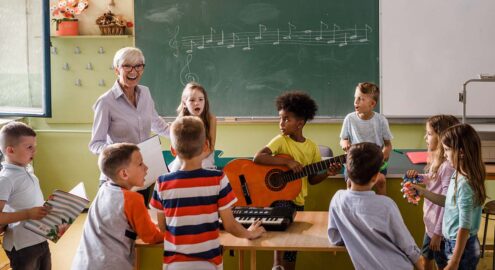
In Harmony with Sound

Mindfully Finding Awe In Nature
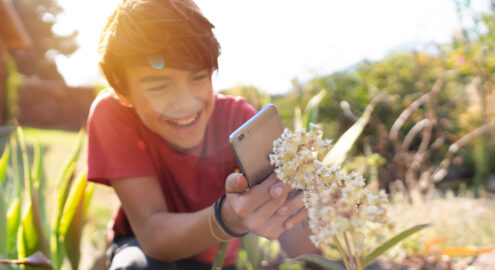
Finding Wonder through Art in Community

Look Up Vibe (LUV Moment)

Mindful Self-Compassion for Adults

Imagining Flourishing and Kindness: A Mindfulness Practice for Adults
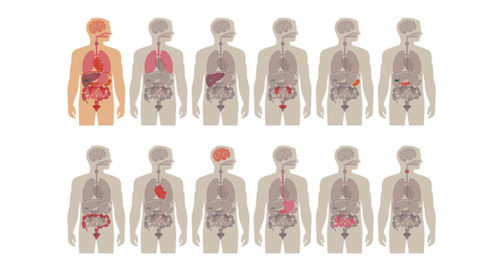
Scientific Body Scan Visualization

Questions of Wonder

Loving-Kindness for Someone You Care About
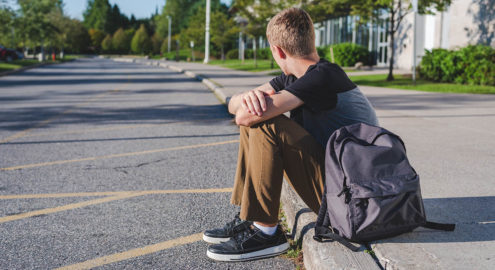
A Moment for Me: A Self-Compassion Break for Teens

Mindful Poetry Moments

Earthrise: Bearing Witness to Our Planet

Rhyming Body Scan for Young Children

Mindful Seeing for Elementary Students

Mindful Music Moments

Reflecting on SEL Skills

Do you want to dive deeper into the science behind our GGIE practices? Enroll in one of our online courses for educators!




